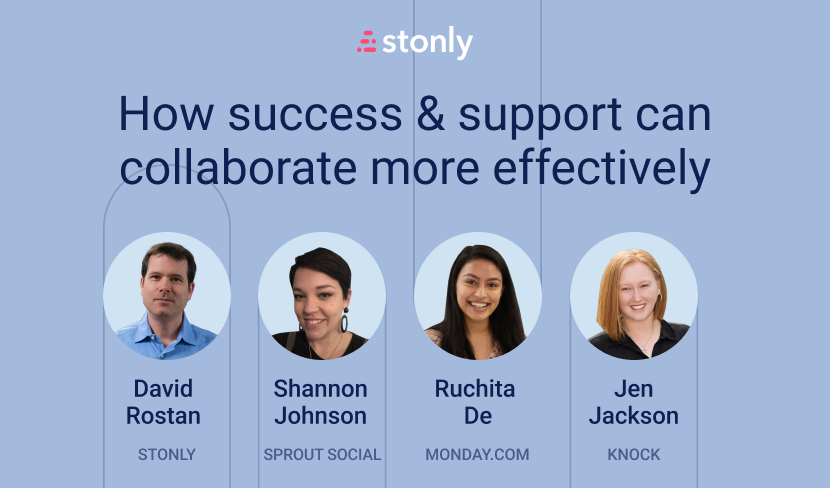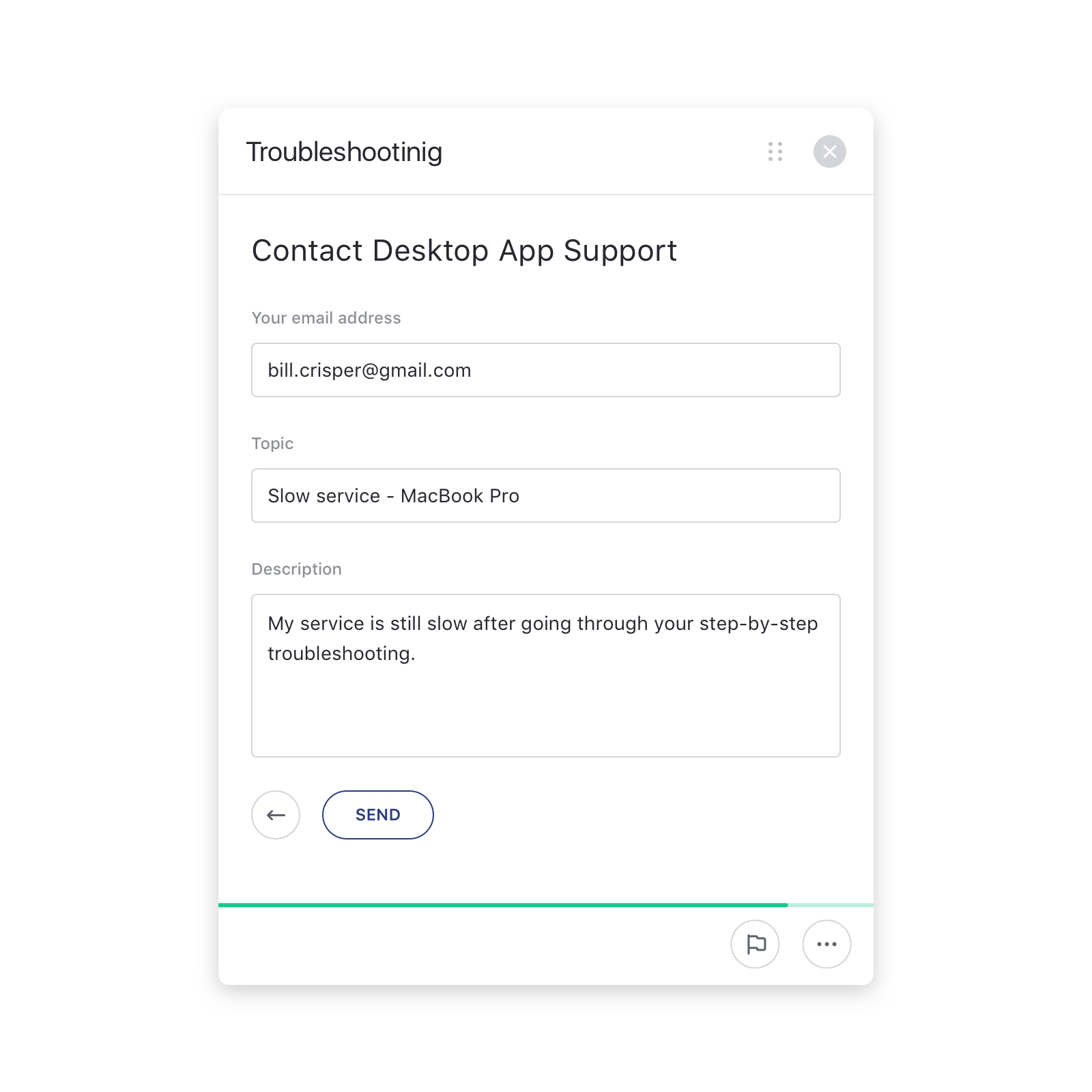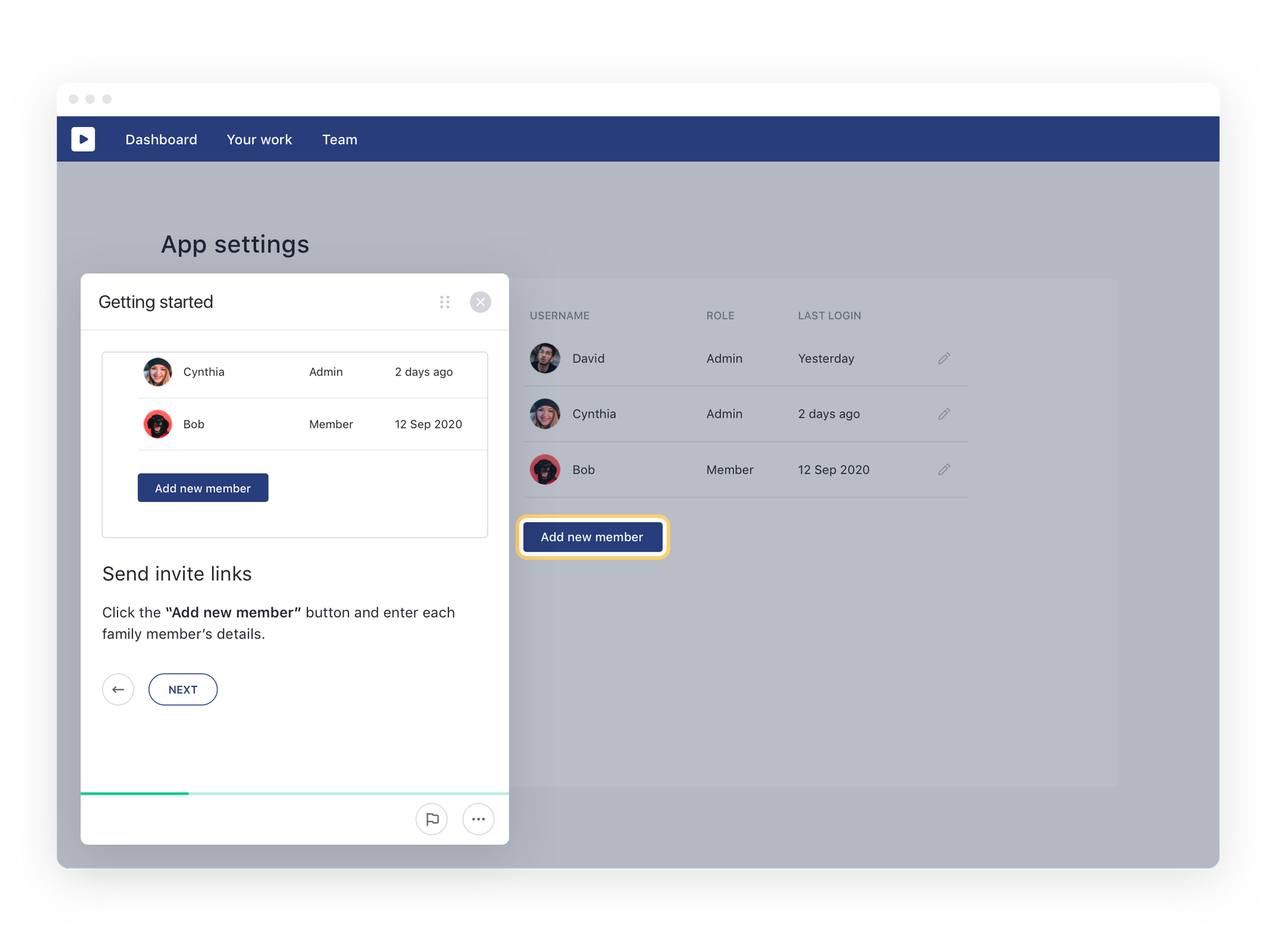Your customer success team has a demanding job. They must provide a high-touch experience while onboarding customers, fighting fires, communicating updates, and collaborating with internal teams. All while trying to retain and grow your customer base.
Your CSMs would probably kill for more hours in their day. You can’t give them that, but you can help them be more impactful with the hours they do have.
By helping them be more strategic with their limited customer-facing time, they’ll have a bigger impact on your business and a more rewarding experience in their roles. Each hour they spend interacting with your customers is an opportunity to deepen relationships and drive forward progress.
How can you make the most of that time? By focusing on the following big wins.
How to increase your CSM’s impact on customers
We’ve identified four key things you can do to help your CSMs create a larger impact from the time they spend with customers:
- Automate administrative and routine tasks
- Enhance your email communications
- Reframe your onboarding calls
- Focus on their business, not your product
1. Automate administrative and routine tasks
A common pitfall for CSMs is seeing the bulk of their precious time spent with customers on lower-value tasks. It’s understandable, but it’s a recipe for a low-impact customer success team.
You can take loads of actions to reduce the time your team spends on routine customer tasks. Technology is your friend here—the right tools make eliminating administrative work far simpler.
Consider the tasks where CSMs spend a lot of time and how technology can help:
Troubleshooting issues: CSMs can spend hours each week tracking down answers to customer issues. Having a clear breakdown between your support and success teams helps, but technology takes it even further. Building an effective knowledge base enables customers to self-serve and resolve many of their issues.

Setup, onboarding, and training: Customer onboarding isn’t a low-value task, but it is routine and time-consuming. Tools like Stonly’s guided tours and checklists reduce the time spent on typical onboarding tasks, such as setting up profiles and walking through your product.

Empowering your customers to complete these tasks via personalized experiences frees your CSMs to focus on more strategic onboarding and training items (more on this below). Furthermore, it reduces the time your customer has to wait to move forward with your product.
Introducing new features: If your CSMs are highlighting new product features during QBRs, you’re not alone. It’s not a bad practice, but it’s also not the most effective way to get new features adopted. Contextual announcements—introducing new features in-app, where your users can see and experience them immediately—are far more powerful. Try building out in-app feature announcements for more significant impact, then free up time on your calls by only giving a quick recap.
Sharing customer wins and data: You should highlight strategic wins during customer calls, but what if you also highlighted them in-app as they occur? Banner announcements enable you to show personalized successes and growth opportunities in context, encouraging real-time responses and action.
Technology and automation can be a huge help in reducing time spent on repetitive tasks, but never make it hard for your customers to contact a human when they need more help. At a minimum, make contact info easy to find when needed. Some tools (like Stonly) can also route customers to the right team or person automatically.

2. Enhance email communications for a bigger impact
Most CSMs send out dozens of emails daily, yet we all know how easy it is to ignore, skim, or discount emails in our inboxes. This is even more true when an email is a lengthy wall of text.
Don’t let your CSMs overwhelm your customers with unhelpful emails.
You can enhance your customer emails by making them more valuable. But that doesn’t just mean throwing in a link to a random blog post you think your customer might be interested. Share resources, but make sure they’re useful and personal.
For example, if you know your customer has been struggling with a certain issue—like adopting a product feature that could really help them—then create an interactive guide that walks them through how to enable and get value from that feature.
When you’re sending a follow up email after a customer call, include interactive tours and guides that empower customers to take action and be successful. This is far more effective than simply pointing customers to a static help center article. Interactive and personalized help always wins.

When talking about writing, authors love to say: “Show, don’t tell.”
The same should apply to emails: don’t just tell your customers what to do—show them. Creating a visual guide walking them through how to use something that will benefit them connects the dots in a far more meaningful way.
3. Reframe your onboarding calls
Onboarding might be the most critical stage of the customer journey. It’s undoubtedly the secret to reducing churn at most companies. So it’s no surprise that virtually every customer success team kicks off new customer relationships with an “onboarding call.”
Getting an invite to an onboarding call isn’t the most exciting thing in the world, though. It sounds like something that’s going to be tactical and specific. If I’m a senior leader, I may think it won’t be worth my time.
But what if you reframed it as a “goals and outcomes” call? Now you’re speaking the language of senior leadership. You’re positioning yourself as a strategic partner from the very beginning. Instead of a task on a checklist, this call feels like it will be a joint planning session.
Start by asking or answering these questions on your goals and outcomes call:
- What are they trying to achieve? Why did they purchase your product?
- What features will help them first? Where should they focus from the start?
- When might it make sense for them to upgrade or add new features?
- What other teams at their company could benefit from your product?
You may have some of this information from your sales team, but it’s wise to confirm it with each customer. Asking open-ended questions encourages people to open up and share vital information. As you work with your new customer to answer these questions, you’ll build a strong foundation for a long-term partnership.
It’s a much better use of your time than tackling a basic onboarding checklist (automate that with technology, as discussed above).
4. Focus on their business, not your product
Every CSM should focus on driving successful outcomes for their customers. That’s what the CSM role is all about, right?
While that sounds great in theory, priorities often get switched in the real world.
Many CSMs spend most of their time interacting with customers talking about your product, not your customer. They talk about what’s new, what’s broken, and what’s coming soon—without stopping to think about how those things are relevant to your customer.
Let’s be clear:
Your product is just a mechanism that should help your customers achieve their desired outcomes.
Your customer is the hero of the story; your product is a useful tool.
Your customer is Han Solo; your product is the Millenium Falcon.
Your product helps your customer get where they want to go, but it’s not the story's focus. And it shouldn’t be the focus of your customer success calls either.
If you’ve found this to be a challenge, try implementing these tips to make your customer calls more impactful:
Prep for calls beforehand. Don’t just rely on templated slide decks. Before a call, review your customer’s goals and progress, plan what you’ll highlight and call out, and understand what actions are needed—on both sides—to keep them moving forward.
Get the right people on the call. End-users of your product should be able to find tactical help in your help center. Your business reviews with customers should include more strategic players, like senior leaders or business owners. If you want them to come, you must ensure the call is valuable. Spend time during your prep figuring out how to make it worthwhile for them.
Work together. Make your customer calls conversations, not presentations. Ask where clients are having trouble or experiencing challenges—even if they aren’t directly related to your product. Brainstorm and problem-solve together. Build an ethos of “we’re on the same team,” and you’ll have established a true partnership.
Highlight progress and value. If you’ve managed to get strategic leaders on your customer calls, then they’re the perfect chance to highlight the value of your product. But here’s the catch: your product is only valuable if it moves your customer closer to their desired outcomes. Framing and context matter. Instead of “You’ve sent 100 emails, congratulations!” try “You sent 100 emails with an average click-through rate of 29%, which is 8% higher than when we started working together.”
Transform your customer success
Building a customer success team that drives growth and revenue doesn’t happen overnight, but it also shouldn’t feel impossible. By making intentional changes like the ones above, you can increase the impact of your customer success team.
It all starts with freeing up your CSMs from routine and administrative tasks by leveraging a truly personalizable tool like Stonly.
If you’re ready to get started, schedule a demo today.

